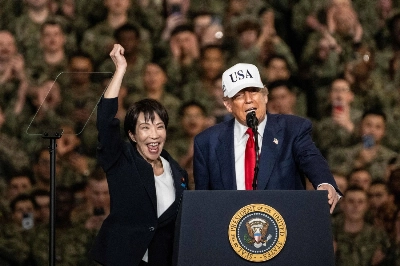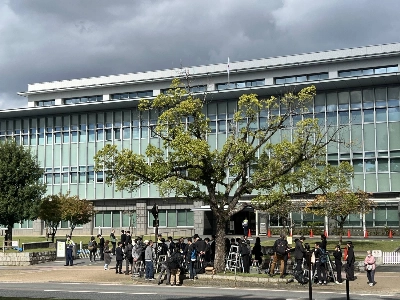Breaking away from the herd, exploring new artistic directions and assuming time itself will bring the ultimate vindication is one of the great romantic ideas of avant-garde painting in the 20th century. But rather than defining the field for generations ahead, such an artist risks simply becoming obscure, or worse, forgotten.
At age 48 in 1943, nihonga (Japanese- style painting) artist Hokuto Tamamura (1893-1951) could ask exactly what it was he had been doing up until that point. Despite a long career, Tamamura had yet to be included among the 190 members of the state-selected Nihonga Inventory Control Association. To assuage the sleight, he came to consider himself the 191st member, adopting the personal artistic seal of "No. 191," with which he signed his paintings.
The passage of time has been unkind to Tamamura. Works have been lost or destroyed, and what, when and where he exhibited is often a matter of conjecture. It is only recently, at Kyoto's National Museum of Modern Art in "Tamamura Hokuto: Revolutionary of the Japanese-Style Painting," that the artist's oeuvre, previously known only in fragments, has been assembled. But the issue remains as to whether Tamamura will now be recognized as a pioneer or remain a contemporary curiosity when the exhibition doors close.

















With your current subscription plan you can comment on stories. However, before writing your first comment, please create a display name in the Profile section of your subscriber account page.